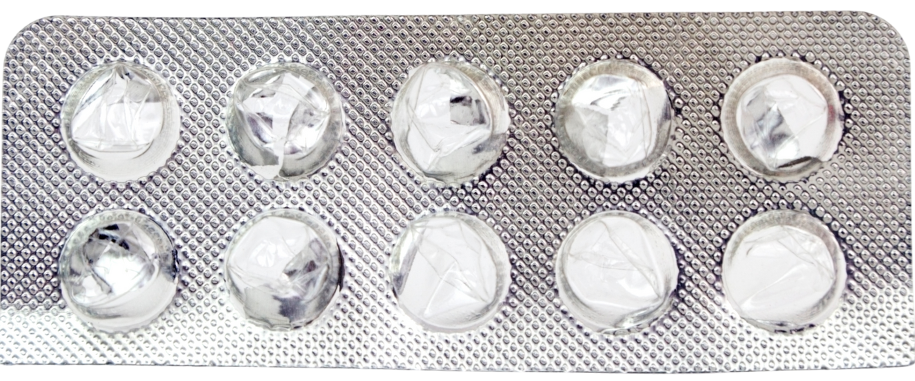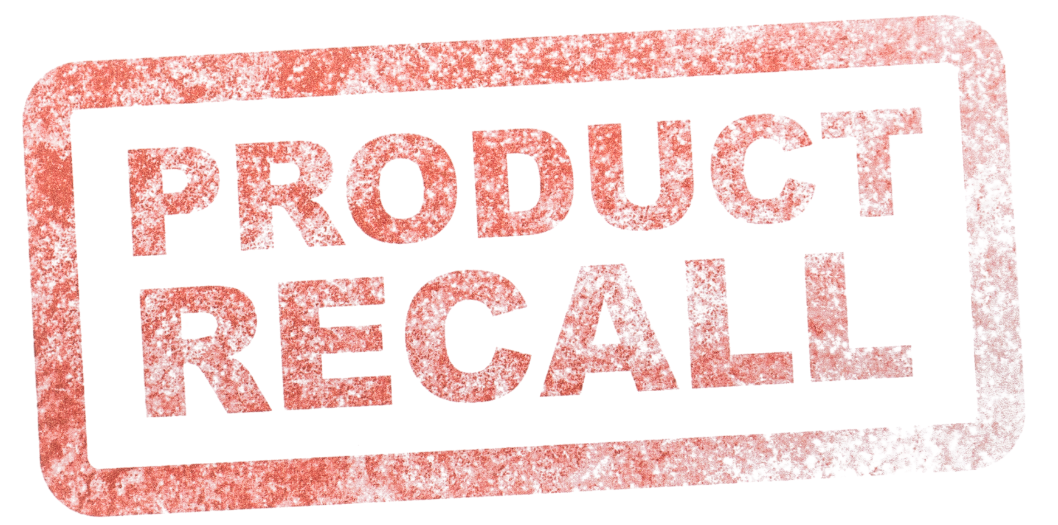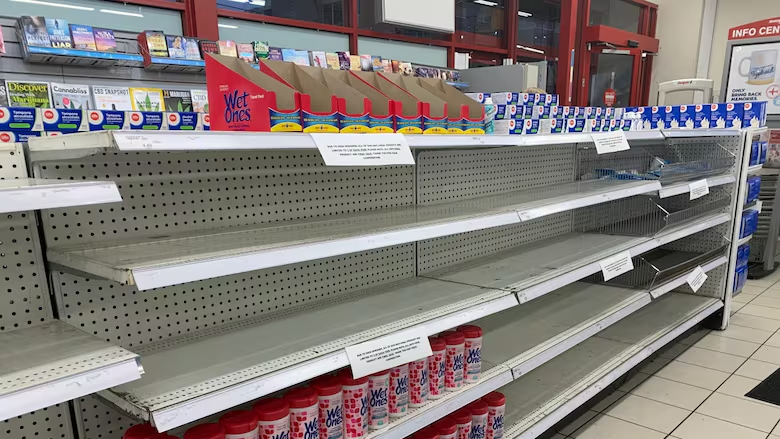Imagine being told your chemotherapy is postponed because the only factory making the drug was shut down for fraud. Or rushing to the pharmacy for your child’s fever medicine, only to find it recalled for contamination. This is not dystopian fiction – it’s the alarming reality unfolding in the United States today. Decades of chasing ultra-cheap generic drugs overseas have left America’s medicine cabinet dangerously bare and filled with questionable-quality pills. Professionals across the pharmaceutical and healthcare industries are now confronting an uncomfortable truth: in our drive to cut costs, we’ve built a fragile, and at times filthy, drug supply chain – and patients are paying the price.
Out of Stock: A Fragile Generic Supply Chain
The United States is in the midst of an unprecedented drug shortage crisis. In early 2024, the number of active medication shortages hit a record high of 323, the most in over two decades. These aren’t obscure or specialized drugs – up to 83% of the shortages were cheap generic medicines that form the backbone of treatment in hospitals and clinics. Common antibiotics like amoxicillin, critical oncology drugs for chemotherapy, even sterile IV sedatives for emergency rooms have all been in short supply. Pharmacists and physicians across the country have been forced into rationing care – delaying surgeries, altering chemotherapy schedules, and using less effective substitute drugs – all because the usual medicines have suddenly become unavailable.

How did the world’s top healthcare market end up scrambling like a beleaguered field hospital? Decades of outsourcing and consolidation have made the supply of essential drugs as brittle as glass. U.S. generic drug manufacturing was steadily offshored in the pursuit of lower costs, to the point that today roughly 40% of generic drugs in America are supplied by just a single factory for each. In other words, for nearly half of our generic medicines, one lone plant – often overseas – holds all the production. These are dangerous single points of failure. If that one facility has a problem, the drug can effectively disappear from the market overnight.
That nightmare scenario became reality recently. In 2023, FDA inspectors paid a visit to an Intas Pharmaceuticals plant in India, a facility that astonishingly provided about 50% of the U.S. supply of cisplatin – a cornerstone chemotherapy drug. What they found was a horror show. Investigators described a “cascade of failure” in quality control: shredded and acid-soaked documents littered the site, apparently to hide evidence of manufacturing violations. Faced with flagrant fraud and safety breaches, the FDA shut the plant down. But shutting down Intas had immediate, dire consequences back home. With no backup production in the U.S. or elsewhere, cisplatin basically vanished from hospital pharmacies. Oncologists were suddenly left rationing this life-saving cancer drug, postponing treatment for some patients and resorting to less optimal therapies for others. It was a surreal moment: American cancer patients put at risk because a single foreign factory cut corners and got caught.
The Intas debacle is a prime example of how America’s dependence on foreign generics has created an Achilles’ heel. We have concentrated vital drug production in far-flung places with minimal redundancy. Even a minor disruption – a plant closure, a shipping delay, a quality scandal – can cripple the supply of medicines nationwide. In another case, an explosion at a pharmaceutical chemical plant in China wiped out a key ingredient for an antibiotic, triggering global shortages. Whether it’s natural disasters, industrial accidents, or regulatory crackdowns on bad actors, the lack of a resilient domestic manufacturing base means U.S. patients are never more than one unlucky event away from an empty shelf. The current record level of shortages is not a fluke; it’s the foreseeable outcome of a system built for rock-bottom cost instead of reliability.
Out of Control: Tainted Generics and Recalls Erode Trust
Shortages are only half of this unfolding crisis. Even when drugs are available, questions are mounting about their quality and safety. The generic drug industry has been rocked in recent months by a series of alarming scandals – contaminated products, substandard manufacturing, and a wave of recalls that have exposed how shaky oversight has become, especially for medicine made overseas.
One eye-opening case came from CVS Health, the largest pharmacy chain in the country. In the past few years, CVS had to quietly yank dozens of its store-brand generic drugs off the shelves due to quality problems. Everything from blood-pressure pills to children’s pain syrups was affected. According to a Bloomberg investigation, CVS’s own-brand medicines were recalled about twice as often as those of rival Walgreens, and three times more than Walmart’s, over the last decade. The reason? Many of these drugs were coming from “dirty” factories – contract manufacturers with egregious safety and hygiene violations. One factory churning out CVS-brand kids’ cough and fever medicines was found to be using bacteria-contaminated water in its production. Another was making liquid pain relievers that turned out far too potent for children, essentially dosing kids with more drug than indicated. In a jaw-dropping detail, a third factory made nasal sprays for infants on the very same equipment it had used to manufacture industrial pesticides. These examples read like excerpts from a regulatory horror novel: mold in the pill packaging areas, unsanitary conditions, even barefoot workers wandering around “clean” drug production rooms. It’s the stuff of nightmares for quality control – and it was happening behind the scenes of major U.S. retail pharmacies until the products were belatedly pulled in recalls.
And it’s not just one pharmacy chain. The problem is widespread in the globalized generic supply. In the first three months of 2025 alone, four of India’s largest generic drug manufacturers announced major recalls of products that had already been distributed in the U.S. market. Consider this litany of failures from just one quarter:
- Glenmark Pharmaceuticals – Recalled 1.4 million bottles of an ADHD medication (atomoxetine) after discovering excess cancer-causing nitrosamine impurities in the capsules. A probable human carcinogen was lurking in pills taken by American kids and adults for months before the manufacturer’s tests caught it.
- Sun Pharma – Recalled 10,000 bottles of a popular morphine sulfate painkiller. The issue: impurity and dissolution problems, meaning the pills might not release the drug properly or contained unwanted substances – a potentially deadly flaw for a controlled-release opioid.
- Zydus Lifesciences – Recalled nearly 39,000 vials of an injectable chemotherapy drug (nelarabine) used for leukemia. Quality testing indicated the product from its Indian plant didn’t meet standards, raising fears about its sterility and efficacy for vulnerable cancer patients.
- Dr. Reddy’s Laboratories – Recalled about 1,000 bags of an antiseizure IV medication (levetiracetam infusion) after discovering a labeling error on dosage instructions. A simple but critical mistake in the printed info could lead healthcare staff to administer the wrong dose to patients with epilepsy – an error with potentially severe consequences.

Four massive recalls by four top producers, in the span of a few weeks. Each arose from basic lapses that should be unthinkable – carcinogens in pills, tablets that don’t dissolve correctly, sterile injectables that might not be sterile, mislabeling of dosages. It’s a stark illustration of systemic quality control breakdown. These aren’t mom-and-pop pill makers; they are some of the biggest generic manufacturers in the world, supposedly operating under modern standards. Yet they still faltered, and patients wound up as unwitting guinea pigs until the red flags were finally spotted.
For those navigating procurement, regulatory review, or portfolio risk analysis, visibility into manufacturer-level data is no longer optional. API & FDF Intelligence offers verified insights into global API producers, FDF suppliers, and excipient vendors – including DMF/CEP status, GMP compliance, recall history, and regulatory red flags. Built for professionals who need more than marketing brochures, the platform helps identify risks before they impact patients.
And for independent consultants, freelancers, or solo professionals, access is priced accordingly – just $42/month, a fraction of what corporate subscribers pay. No noise. Just the data you actually need.
Incidents like these are shattering confidence in generic drugs, and rightly so. For years, doctors and pharmacists have reassured patients that FDA-approved generics are equivalent to brand-name drugs – “safe, effective, and identical” except for the price. But that promise only holds if the generics are made to high standards. Now that we see some foreign factories cutting corners, the facade of uniform quality is cracking. In fact, emerging research suggests that not all generics are created equal. A recent study by academic researchers in the U.S. and abroad found that generic drugs produced in India were associated with significantly higher rates of serious adverse side effects compared to equivalent generics made in the United States. Think about that: the same drug, meeting the same official specifications on paper, but patients getting the version made in India experienced more complications. The authors pointed to differences in manufacturing and supply chain practices as the likely culprit. In plain terms, how and where a drug is made can directly impact patient outcomes, despite what the label says. This undermines a core assumption of modern medicine – that a generic is a generic is a generic. If some generics are subpar due to lax production, then healthcare providers and patients have a big problem on their hands.
Regulators are in a bind as well. The Food and Drug Administration oversees this sprawling global pharma supply, but it’s stretched thin. Inspections of overseas plants are infrequent and often announced in advance. Even when the FDA does find atrocious conditions – say, rusty equipment or even bird feathers floating in the ventilation shafts of a tablet factory – they face a dilemma. Shutting down a non-compliant plant might protect the public from bad drugs, but it can also instantly spark a shortage of a drug millions rely on. In case after case, officials have had to make a devil’s bargain, allowing substandard facilities to keep shipping medicine to avoid emptying hospital inventories. The result is a precarious status quo: “at-risk” drugs stay on the market because the alternative is having no drugs at all. It’s a nightmare choice that speaks to how cornered the system has become.
The Bitter Pill
Between the supply crunch and the quality lapses, the U.S. generic drug system is in deep crisis. It’s a bitter pill to swallow for an industry that prides itself on efficiency and innovation. The truth is, America surrendered much of its medicine manufacturing to foreign, low-cost producers years ago, without a safety net. Now the nation is reaping the consequences. We have dirt-cheap drugs on paper, but they come with hidden costs: unreliable availability, dubious quality, and mounting risks to patients.
For professionals in pharma and healthcare, these problems are not just headlines – they’re daily reality. Hospital pharmacists scramble to source critical meds from dwindling stock, clinicians question whether the generic in their hand will work as expected, and quality assurance teams fight to catch defects that never should have happened. The entire supply chain is under strain, from raw chemical sourcing in China to pill-pressing factories in India to distribution in the U.S., and cracks are evident at every link.
It’s time to call this what it is: a self-inflicted failure of industrial strategy and oversight. By relentlessly driving prices down and outsourcing production to whoever could do it cheapest, the industry (and by extension, the country) traded away resilience and safety. The national security implications are stark – if we can’t guarantee a steady, safe supply of even old, off-patent drugs, what does that say about our preparedness for public health emergencies or our ability to care for our population day to day?
There is a grim irony in the situation. Generic drugs were supposed to be the great equalizer – affordable medicine for all. But affordability meant nothing when U.S. cancer patients couldn’t get a 60-year-old chemo agent, or when parents had to hunt for clean medicine for their sick kids. The pursuit of the lowest-cost production has led to some of the highest-cost failures imaginable in healthcare: patients put at risk or left untreated entirely.
For those in the pharmaceutical field, the lesson is as provocative as it is clear: “cheap” medicine can come at an unacceptable price. Quality cannot be an afterthought, and supply chain redundancy is not a luxury – it’s a lifeline. Until these truths spur meaningful change – rebuilding domestic manufacturing capacity, holding overseas suppliers to the same strict standards we expect at home, and perhaps accepting that paying slightly more for a safe, steady drug supply is a worthwhile trade – we will continue to swallow this bitter pill. And each new shortage, each tainted batch, will serve as a stark reminder that in pharmaceuticals, you get what you pay for.
Get started today with Solo access →
